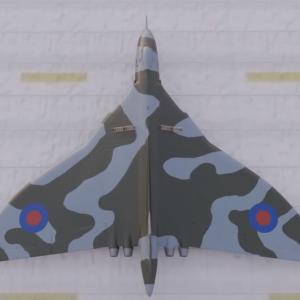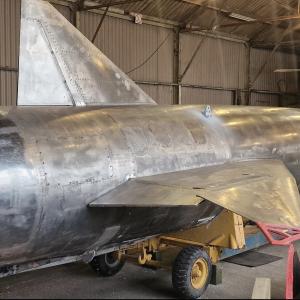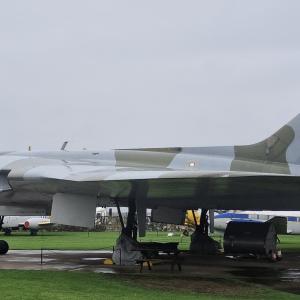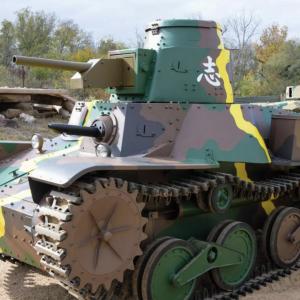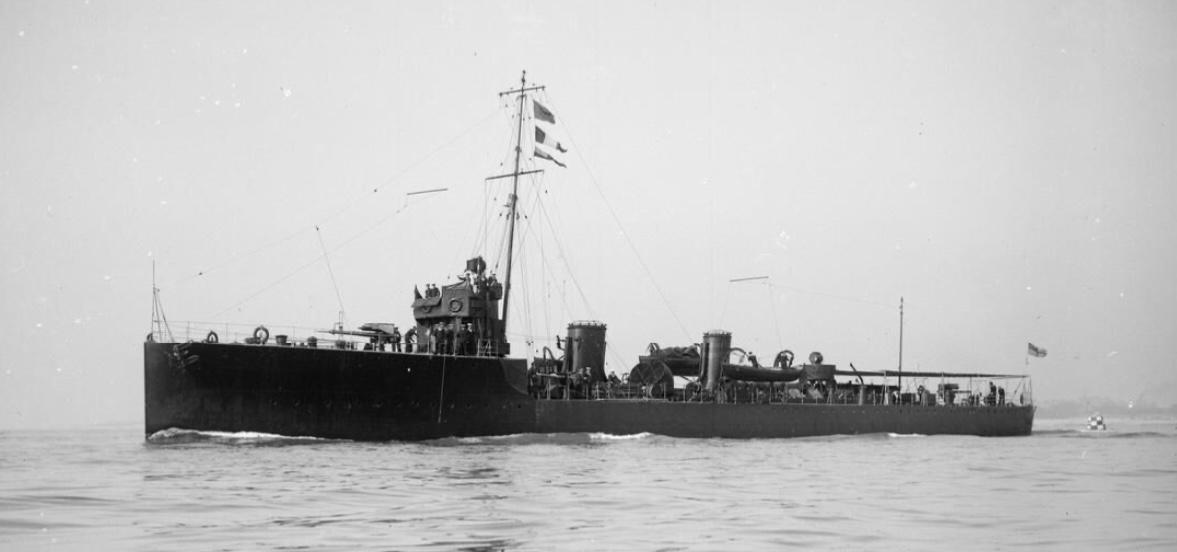
HMS Beaver
HMS Beaver was a Royal Navy destroyer built shortly before the outbreak of World War I. She was part of the Acheron class, a group of destroyers designed as an improvement on earlier types, offering better speed, range, and sea-keeping. Like others in her class, Beaver was built for the purpose of screening the fleet, hunting submarines, and escorting larger warships, roles that became increasingly vital during the war.
She was constructed by Fairfield Shipbuilding and Engineering Company, located at Govan on the River Clyde in Scotland. This shipyard had a longstanding reputation for high-quality naval construction and was one of the premier yards supplying destroyers to the Royal Navy in the early 20th century. HMS Beaver was launched on 6 January 1911 and completed later that year, making her ready for active service well before the war began.
HMS Beaver displaced around 775 tons and measured approximately 246 feet in length with a beam of 23.5 feet. She had a draught of about 8 feet. Powered by Parsons steam turbines and four Yarrow boilers driving three shafts, she was capable of speeds up to 27 knots, often exceeding that under ideal conditions. Her crew typically consisted of 70 to 75 officers and men.
Her armament included two 4-inch (102 mm) quick-firing guns, two 12-pounder (76 mm) guns, and two single 21-inch torpedo tubes with two reloads. This combination allowed her to effectively engage both surface vessels and submarines, as well as protect convoys and larger fleet units from smaller enemy craft.
At the outbreak of World War I, HMS Beaver served with the First Destroyer Flotilla, part of the Royal Navy’s Grand Fleet. In August 1914, she participated in the Battle of Heligoland Bight, the first major naval engagement of the war. Although not at the center of the fighting, she performed valuable support duties, including screening and rescue operations. In January 1915, Beaver was present at the Battle of Dogger Bank, another significant engagement in the North Sea where she helped protect British capital ships from German torpedo attacks.
Later in the war, Beaver was assigned to convoy escort and anti-submarine duties, particularly in the English Channel and the North Sea. These missions became increasingly important as German U-boat activity escalated. The ship was part of the effort to maintain the vital supply lines between Britain and its allies, often operating under harsh conditions and constant threat from submarine and surface raiders.
Following the end of World War I in 1918, HMS Beaver was retained for a short time in active service. However, like many older destroyers built before or during the early stages of the war, she quickly became outdated due to rapid advancements in naval design and technology. In 1921, she was sold for scrap, ending her career after just over a decade of service.
Though she did not achieve fame in any single battle, HMS Beaver played a crucial role in multiple operations throughout World War I. She represents a class of hardworking and versatile destroyers that formed the backbone of Britain’s naval efforts, safeguarding the seas during one of the most critical periods in modern history.

